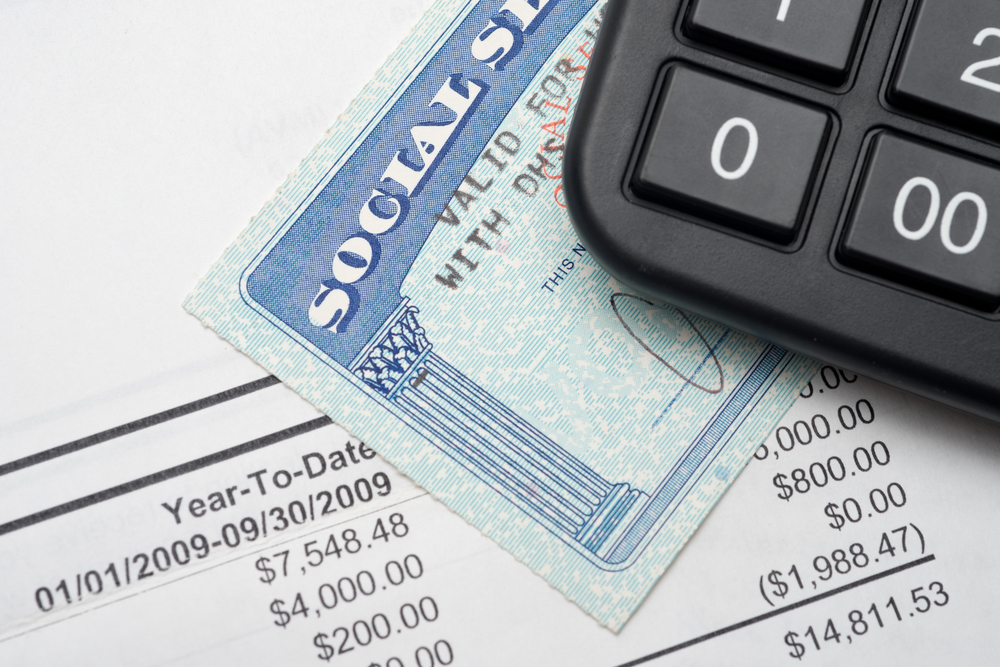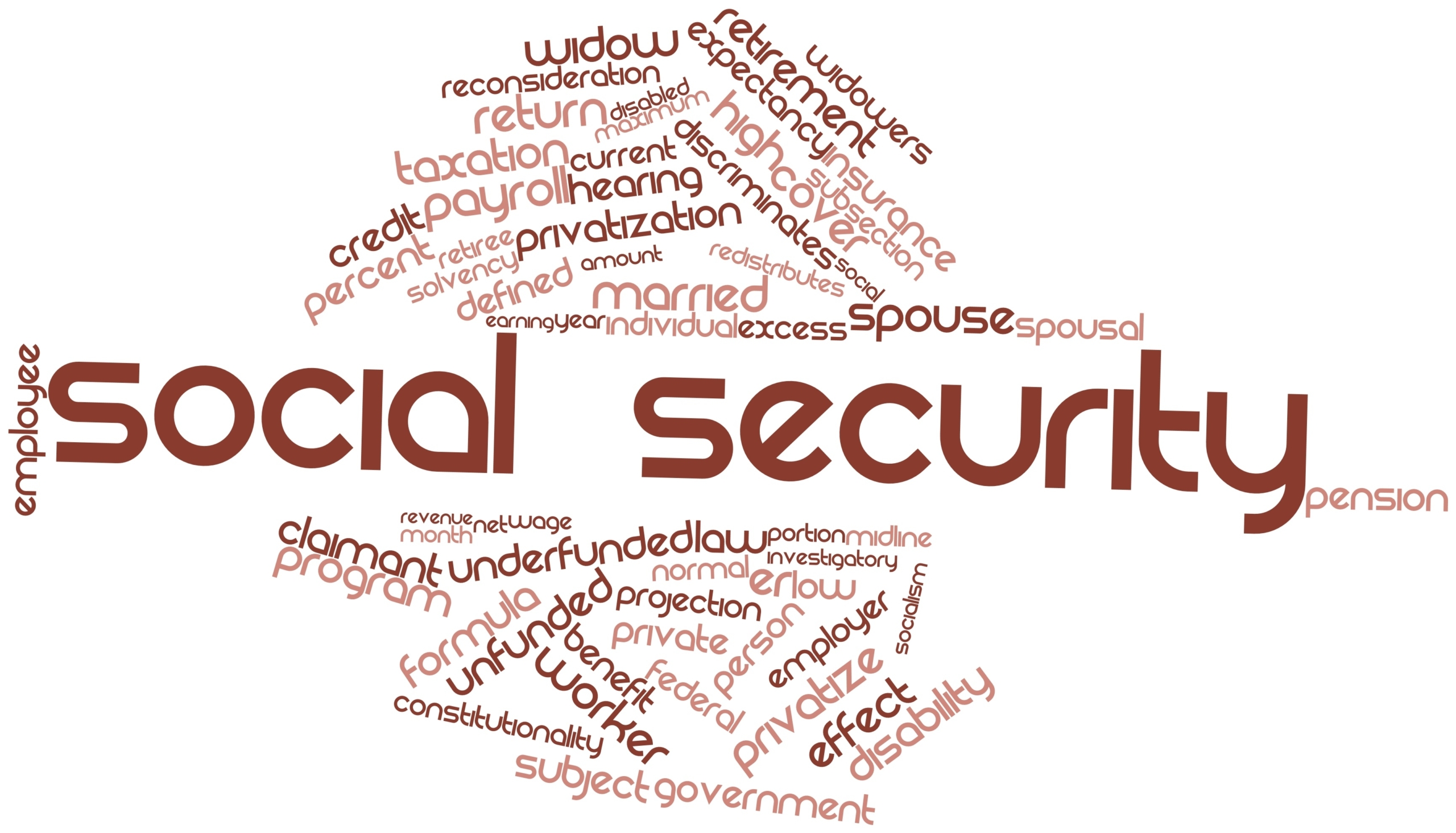Social Security is rolling out new identity verification protocols, and you might be wondering how this will affect you. These changes were introduced to address fraud, abuse, and waste. That’s why today, I’ll explain what this new process looks like and why it’s being implemented. For example, phone applications might be eliminated soon, and only online applications will be accepted. Learn more in this video.

Social Security is set to implement new identity proofing protocols to reduce fraud, waste, and abuse. This change comes in response to DOGE’s audits conducted within the system. While these are not fully implemented yet, they represent a big policy change in how identities are verified. Here’s everything you need to know.
How does Social Security verify identities?
For many years, Social Security has relied on personal information such as Social Security numbers, addresses, phone numbers, and medical records to confirm identities. Many practitioners and employees agree that this system has been effective in preventing fraud. A key part of the verification process involves collecting extensive medical records. These are produced directly by hospitals, making it extremely difficult for fraudsters to manipulate them.
What are the proposed changes?
Despite the effectiveness of the current system, additional security measures are being considered. One proposed change involves eliminating phone applications and requiring applications to be completed online. To apply, you must create a My Social Security account at ssa.gov and complete the identity verification.
The new verification process will require online applications and facial recognition.
The verification process typically takes place on a smartphone and involves scanning your ID, taking a live photo, and using facial recognition technology to confirm the match. While some individuals may find it easy, others, particularly older adults, may face challenges. Additionally, the planned closure of field offices could make it even harder for those needing in-person assistance.
It is important to note that this policy is still under discussion. We will share more updates as new information becomes available. However, you can find the latest updates here. If you have questions or need guidance, give us a call at (800) 419-7606. We’re here to help you every step of the way.









